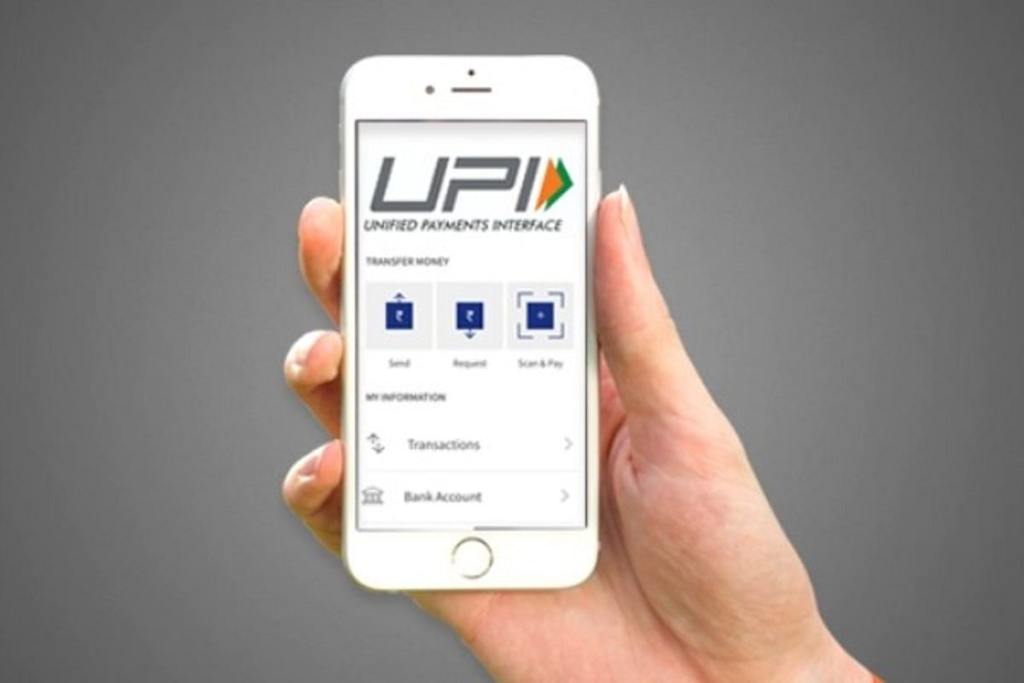The financial year gone by registered more than 83 billion transactions on the Unified Payment Interface (UPI), with the final month recording close to 8.7 billion transactions, against 5.4 billion transactions registered in March 2022.
In April 2022, at the start of FY23, the average transaction volume per day was around 186 million. By July, this increased to 202-odd million per day, and by October it was 235 million. For the final month, the average volume per day was around 280 million.
Clearly, FY24 will be the first year to record more than 120 billion UPI transactions, and as the past growth suggests, will see its first month of 10 billion transactions by volume.
When it comes to value, sky is the limit. However, even with all these staggering numbers, UPI is nowhere close to peaking.
In the next two or three years, an average volume count of around 500 million transactions per day can not be ruled out, given that in March 2021, the count was 88 million. Within the next five years, 30-50 billion transactions per month, would be the new normal.
Even Nandan Nilekani, in one of his recent podcasts, stated that the short-term goal for the National Payments Corporation of India (NPCI) should be to ensure a billion transactions each day.
In a country of 1.2 billion people, with over a billion internet users, it will only require an average of 1.6 transactions per individual per month to attain that feat.
The mass adoption of UPI also opens up door for more formalisation through the account aggregator framework, and in the longer run, will help more people in the smaller towns to sign up for ONDC.
ONDC, or the Open Network for Digital Commerce, which will unshackle both the buyers and sellers from the platform-centric model, is set to democraticise e-commerce in the country.
It will not only connect buyers with more localised sellers, enable third-party delivery partners in the larger network, but also result in more digital payments. Further, the facility of credit cards on UPI will also offer some thrust to both value and volume, thus making payments via plastic obsolete.
In August 2022, the Reserve Bank of India (RBI) had published a short paper, proposing deliberation over the idea of charging UPI payments.
However, the cost incurred in digital payments can be covered through the declining numbers of debit and credit cards that will be required in the long-term, lesser investments in ATM, and for the RBI, a reducing cost in printing currency notes.
From a socio-economic perspective, the financial inclusion in rural areas is a reason enough to keep it free. Even if the cost is miniscule, it will hinder adoption or mass usage.
From here, it is only about how astounding the numbers can get. UPI all the way!
An Appeal…
Dear Reader,
As you are no doubt aware, Swarajya is a media product that is directly dependent on support from its readers in the form of subscriptions. We do not have the muscle and backing of a large media conglomerate nor are we playing for the large advertisement sweep-stake.
Our business model is you and your subscription. And in challenging times like these, we need your support now more than ever.
We deliver over 10 – 15 high quality articles with expert insights and views. From 7AM in the morning to 10PM late night we operate to ensure you, the reader, get to see what is just right.
Becoming a Patron or a subscriber for as little as Rs 1200/year is the best way you can support our efforts.
Swarajya is a publication by Kovai Media Private Limited.
Swarajya – a big tent for liberal right of centre discourse that reaches out, engages and caters to the new India.

